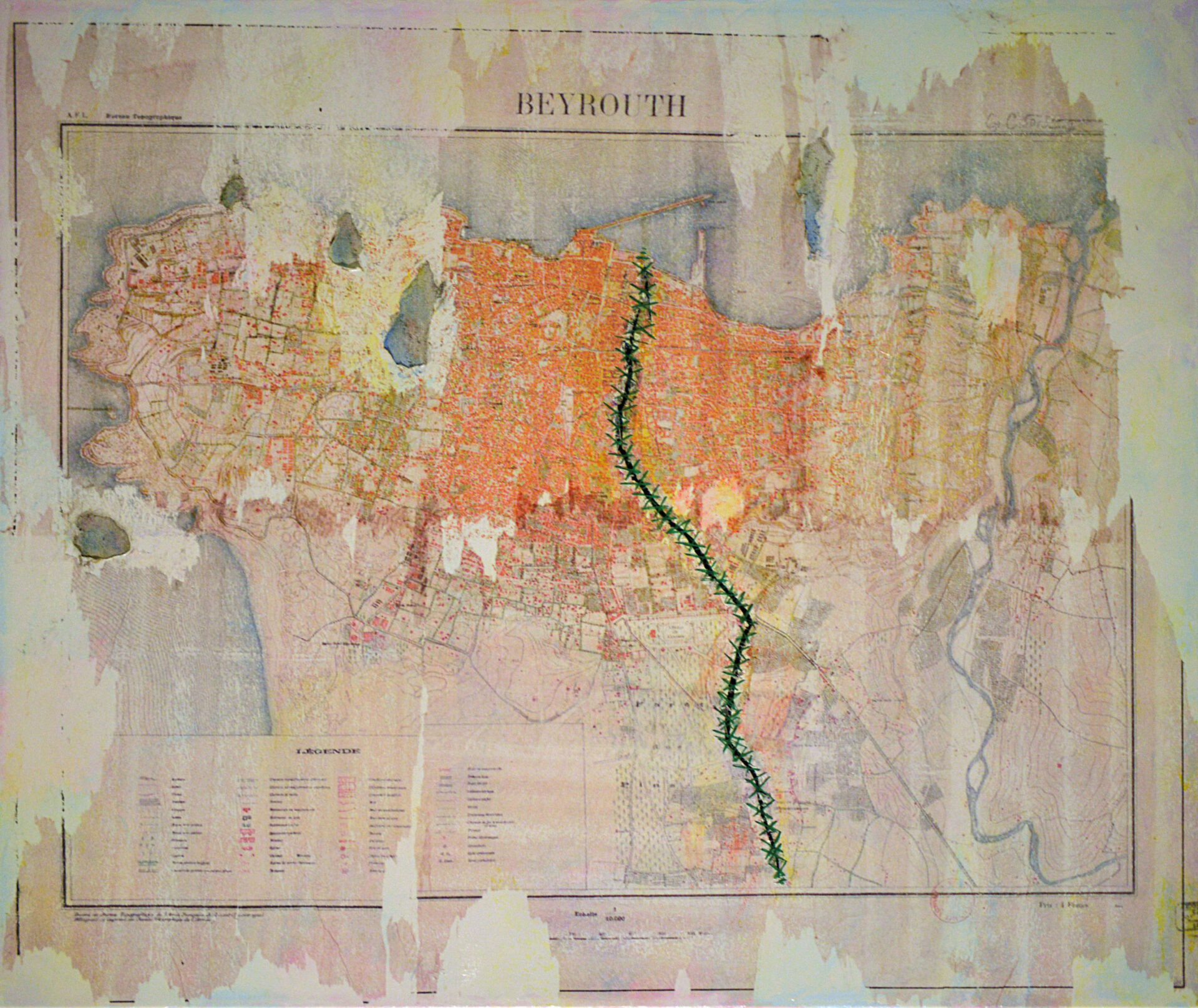
Photo : courtesy of the artist
Surviving Beyond The Green Line
The Green Line became the bloody battleground for fighting between Christian and Muslim militias — not to mention confrontations between groups of the same faith — and the site of thousands of abductions. It was a frightening place, one that was best avoided. For this reason, the majority of Beirutians born during the war did not cross the city until 1989, when calm was restored to the territory. In Je me souviens, cartoonist Zeina Abirached evokes this reality by telling how, as a girl, she was surprised that people from East Beirut spoke the same language as her, since she had the impression that she was visiting a foreign country.2 2 - Zeina Abirached, Je me souviens (Paris: Éditions Cambourakis, 2008). Often compared to the Berlin Wall,3 3 - Joseph L. Nasr, “Beirut/Berlin: Choices in Planning for the Suture of Two Divided Cities,” Journal of Planning Education and Research 16 (September 1996): 27 — 40. the Green Line represents a frontier that is obviously much more than a simple line.
